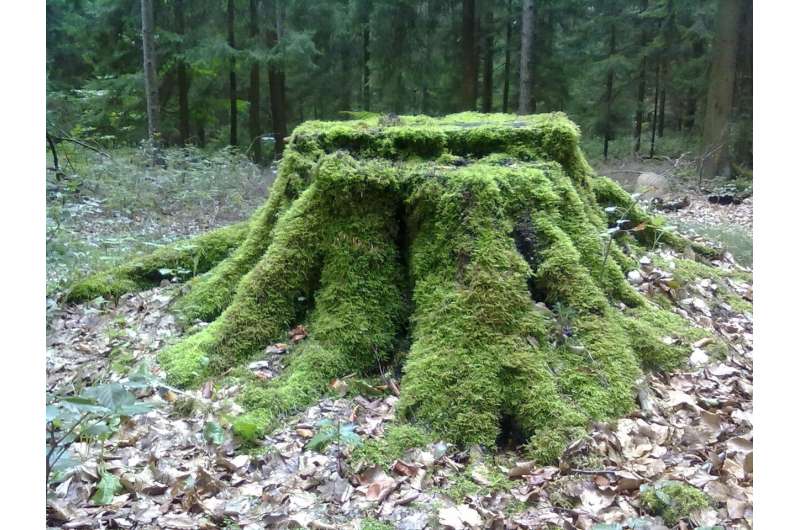This article has been reviewed according to Science X's editorial process and policies. Editors have highlighted the following attributes while ensuring the content's credibility:
fact-checked
peer-reviewed publication
trusted source
proofread
Restoring degraded forests: An under-appreciated climate solution

A new study mapping the potential scale of forest restoration globally shows that prioritizing 1.5 billion hectares of degraded forest—an area almost the size of Russia—could significantly boost effectiveness of meeting climate and biodiversity goals. The results of the study are described in the journal Conservation Biology.
Degraded forests include selectively logged areas and others damaged by human activities, but which still retain important natural features. Previous studies have primarily focused on reforestation of clearcut areas, or those converted to agricultural use—including pastures—and subsequently abandoned.
However, this overlooks the substantial gains to be made by enabling degraded forests to recover. These degraded areas are often found next to intact forest, and their restoration could help further protect and enhance these remaining natural areas.
Restoring degraded forests represents a strategic and cost-effective option for meeting national and global climate and biodiversity goals. Degraded forests retain many similarities to natural forests in terms of structure and types of plant species and ecosystems, hence they are more likely to recover rapidly, regain biodiversity levels and store more carbon than cleared land where complete forest restoration will take more time and is less likely to succeed.
Restoring degraded forest is also often more cost-effective than reforestation as it may not require the same level of investment in tree planting and maintenance.
The study highlights the Five Great Forest landscapes of Mesoamerica—an area encompassing parts of Mexico, Guatemala, Belize, Nicaragua, Honduras, Costa Rica, Panama, and Colombia that is critical for wildlife, carbon sequestration, clean water, and food security. The inclusion of degraded forests doubled the area of forest restoration opportunity in those landscapes and increased the climate mitigation potential by almost 70%, when compared with reforestation of cleared land.
The study provides a model for prioritizing restoration efforts based on where they can best deliver rapid improvements in forest integrity , where integrity is a metric that represents the opposite of degradation. This prioritization will help land managers and governments target their restoration interventions to maximize efficiency and impact.
Tim Rayden, WCS Forest Restoration Lead, and lead author of the paper said, "Forest restoration is sometimes presented as a tradeoff between food security and nature. This is unfortunate, as there is so much scope to restore biodiversity to our farmed landscapes without compromising on food production. But also, as this study shows, because there are such extensive opportunities for nature restoration in degraded forests that don't displace farming activity."
Dr. Kendall Jones, WCS Conservation Planning Specialist and co-author for the paper said, "Mapping degraded forest areas means coming to restoration decisions with better information and a better representation of the opportunities—especially those that would bring rapid biodiversity gains, strengthened climate resilience, and valuable benefits for local communities."
John Lotspeich, Executive Director of Trillion Trees commented: "This study provides us with hope and optimism in what can seem a bleak outlook in the climate crisis. With careful, scientific application we can identify forest areas that are more cost-effective to restore, and where restoration can rapidly make a significant impact for people, biodiversity and the climate."
Further research is needed to more fully quantify the costs and benefits of restoring degraded forests, including those areas that are currently managed for selective logging. This analysis is the first step in recognizing the untapped potential of these areas for climate and biodiversity solutions.
More information: Tim Rayden et al, Conservation Biology (2023) DOI: 10.1111/cobi.14163
Journal information: Conservation Biology
Provided by Wildlife Conservation Society




















